Burke888
32 Cal.
- Joined
- Sep 24, 2005
- Messages
- 17
- Reaction score
- 0
Hey guys,
I have a Pedersoli AN IX Pistol. I have shot it numerous occasions and here soon I will begin shooting about 50 rounds each weekend. I started using Tom Fuller English Flints, 5/8th inch. I noticed these flints lasted me about 30 shots before I would begin to get mis-fires. The 5/8th flints seemed to be hard on my frizzen, leaving some gouges in it. So I switched over to 7/8th flints. The 7/8th flints are much easier on my frizzen but they are only good for 10 to 15 shots before I have to get a new one.
I was wondering if anyone had any tips on how to make these 7/8th inch flints last longer. They are almost $2 a piece, and having to get a new one every 10 to 15 shots is very expensive.
Also, another quick question I have. My booklet that came with the pistol says to use 35 grains as a maximum charge. I have shot it with 60 grains, perhaps 30 times. Is there any downside to using 60 grains as my every day loading (50 shots a weekend)?
Thank you all very much for the help!
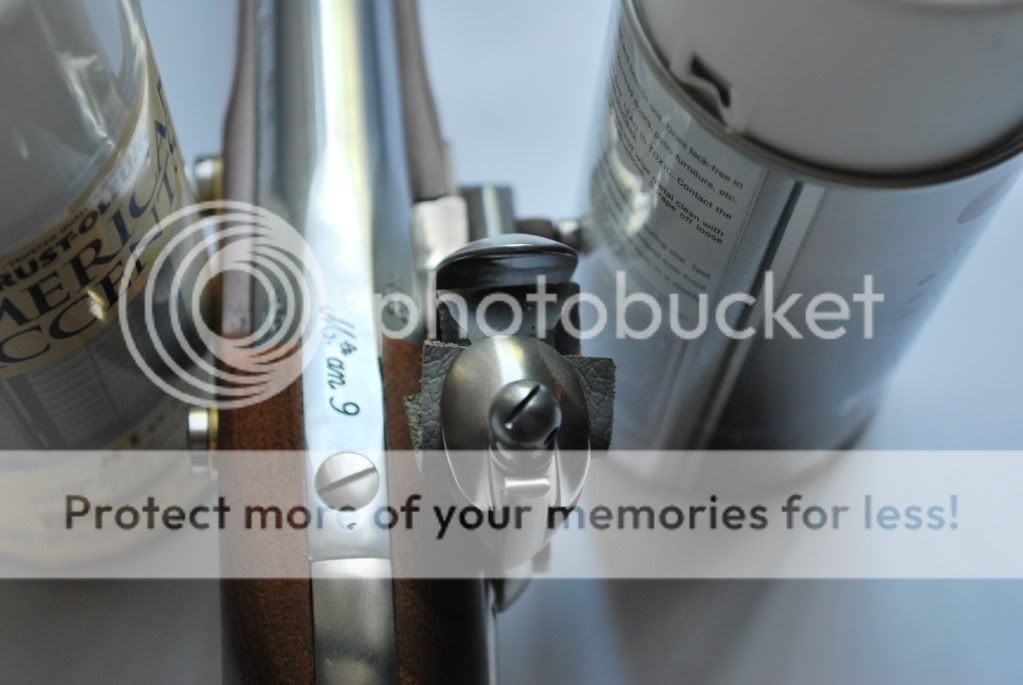
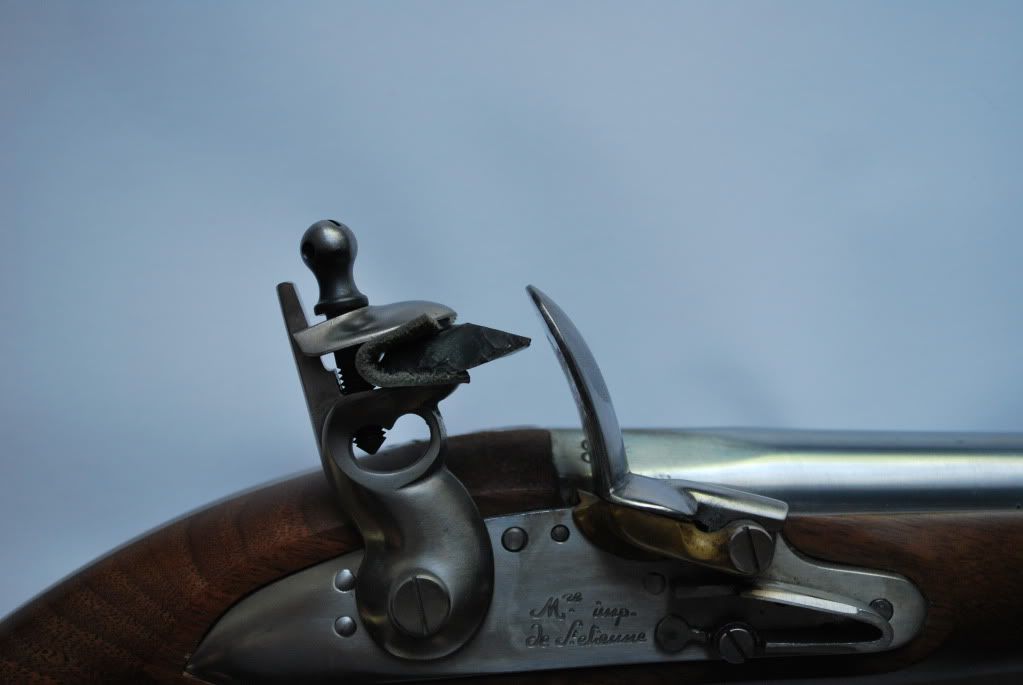
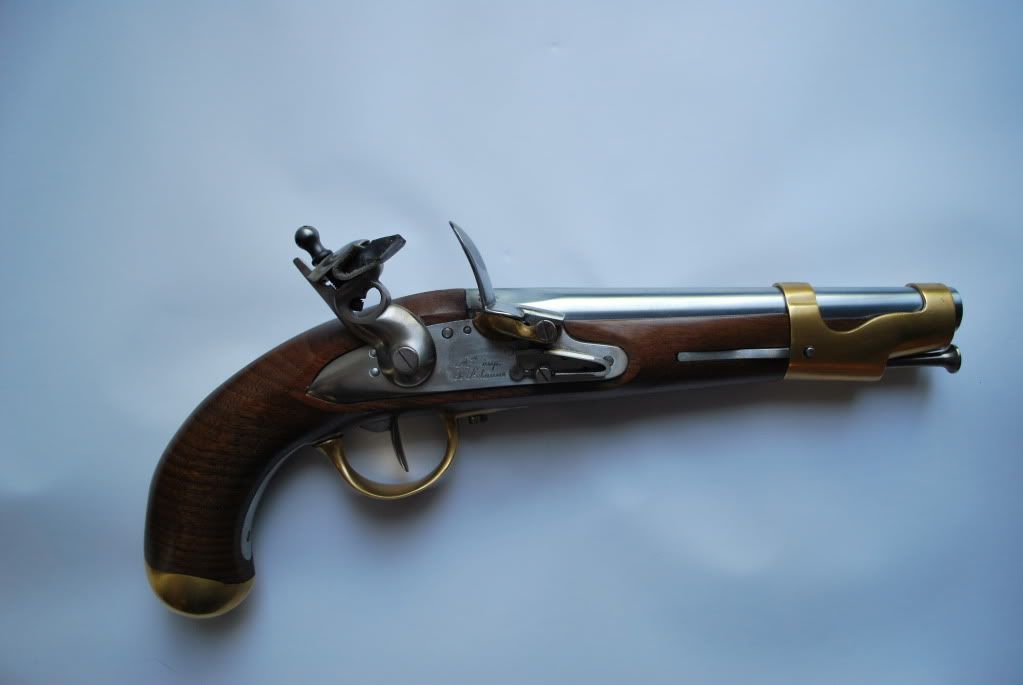
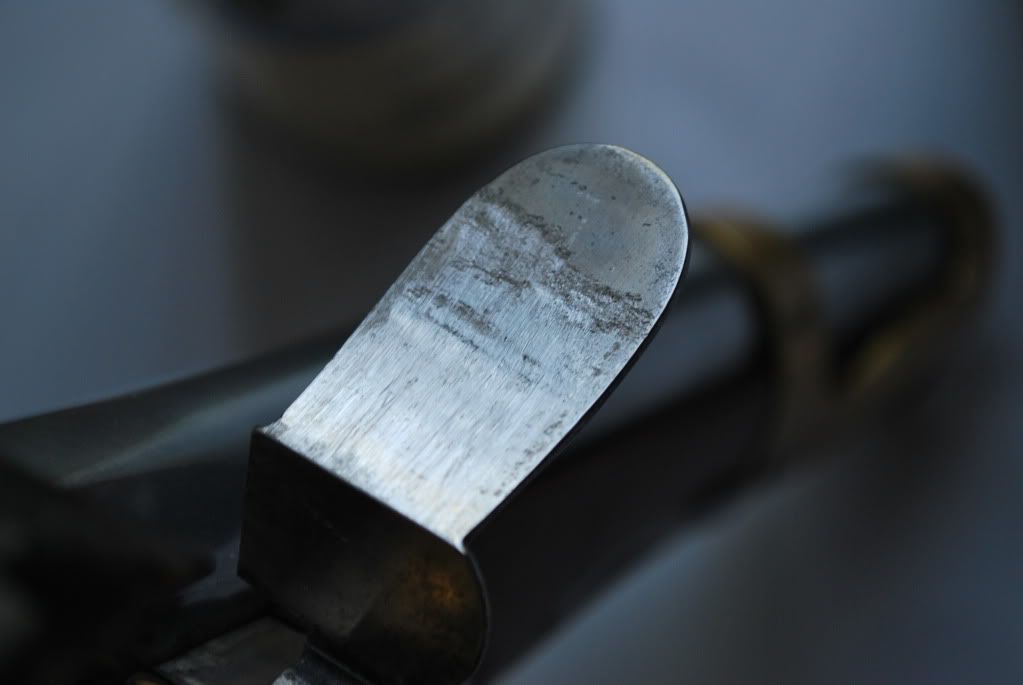
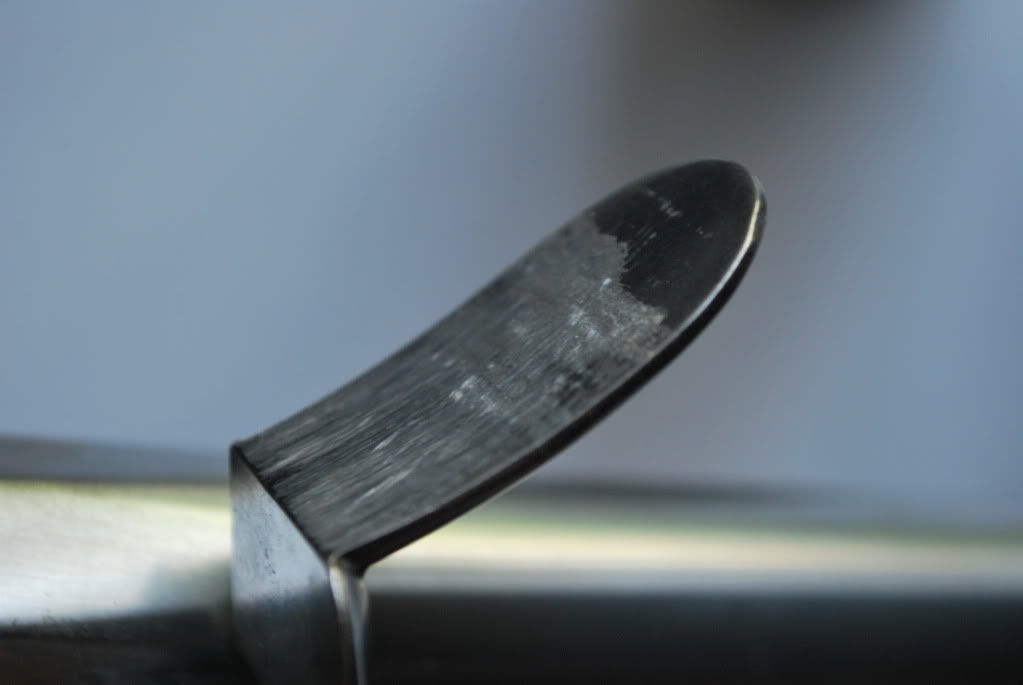
I have a Pedersoli AN IX Pistol. I have shot it numerous occasions and here soon I will begin shooting about 50 rounds each weekend. I started using Tom Fuller English Flints, 5/8th inch. I noticed these flints lasted me about 30 shots before I would begin to get mis-fires. The 5/8th flints seemed to be hard on my frizzen, leaving some gouges in it. So I switched over to 7/8th flints. The 7/8th flints are much easier on my frizzen but they are only good for 10 to 15 shots before I have to get a new one.
I was wondering if anyone had any tips on how to make these 7/8th inch flints last longer. They are almost $2 a piece, and having to get a new one every 10 to 15 shots is very expensive.
Also, another quick question I have. My booklet that came with the pistol says to use 35 grains as a maximum charge. I have shot it with 60 grains, perhaps 30 times. Is there any downside to using 60 grains as my every day loading (50 shots a weekend)?
Thank you all very much for the help!










